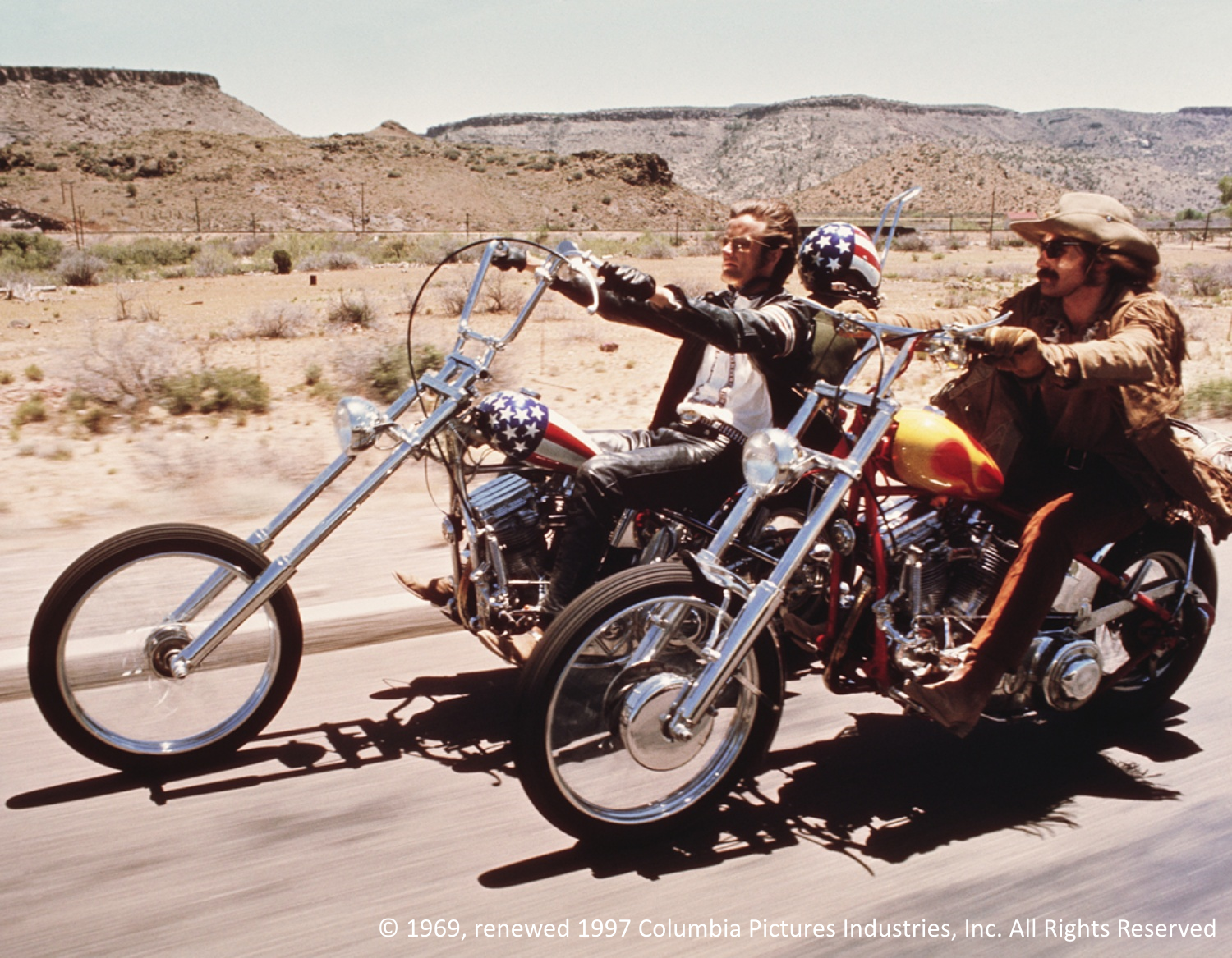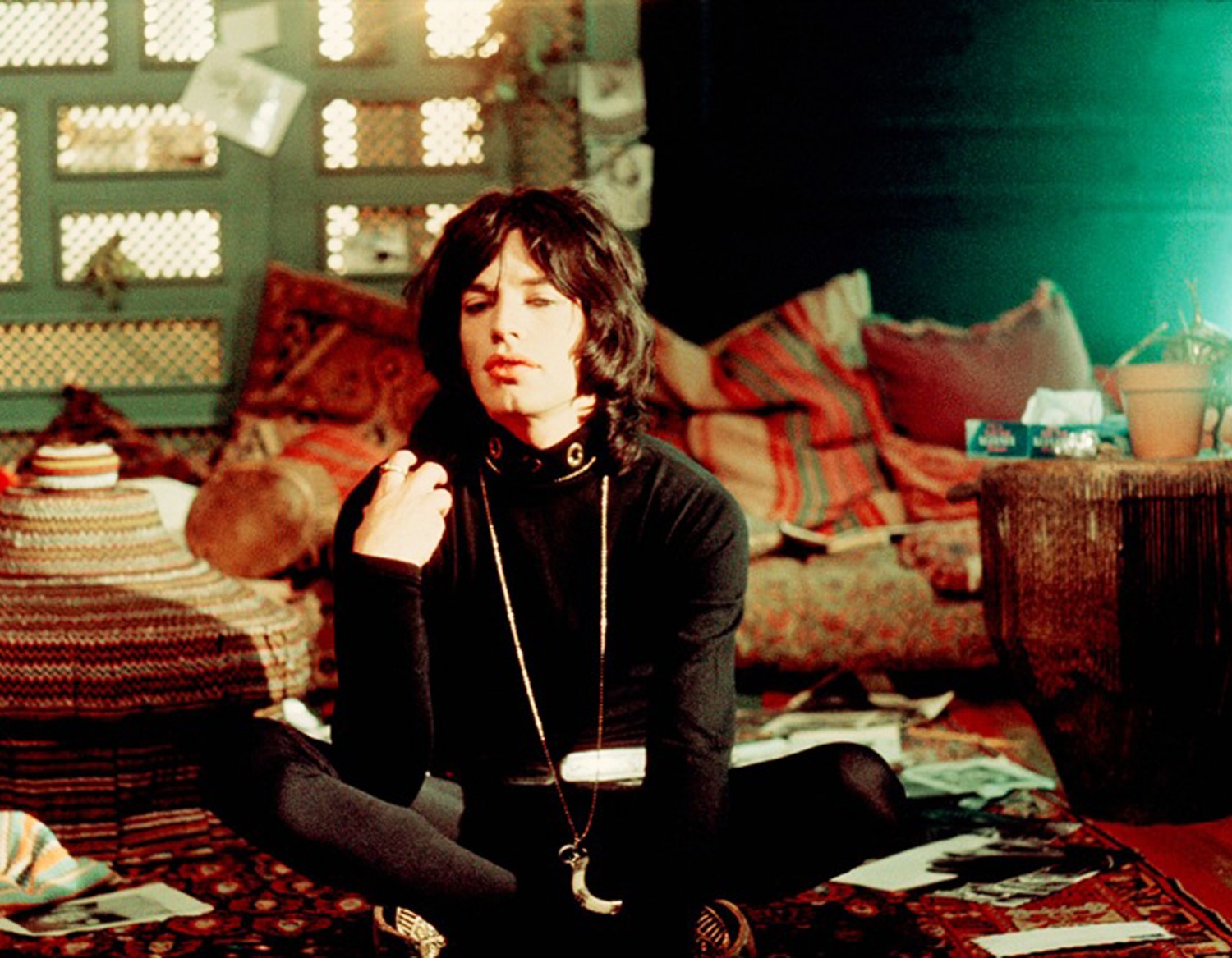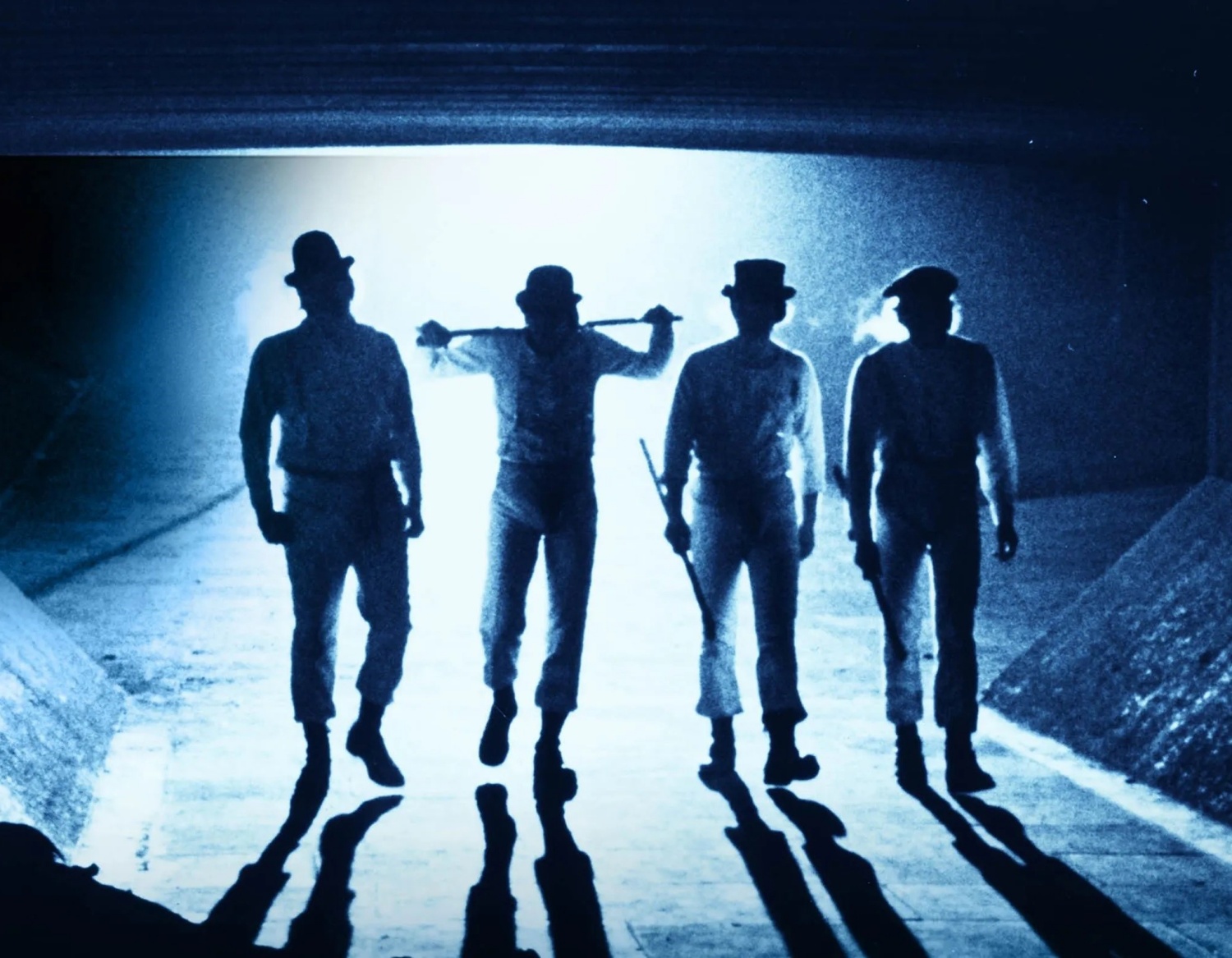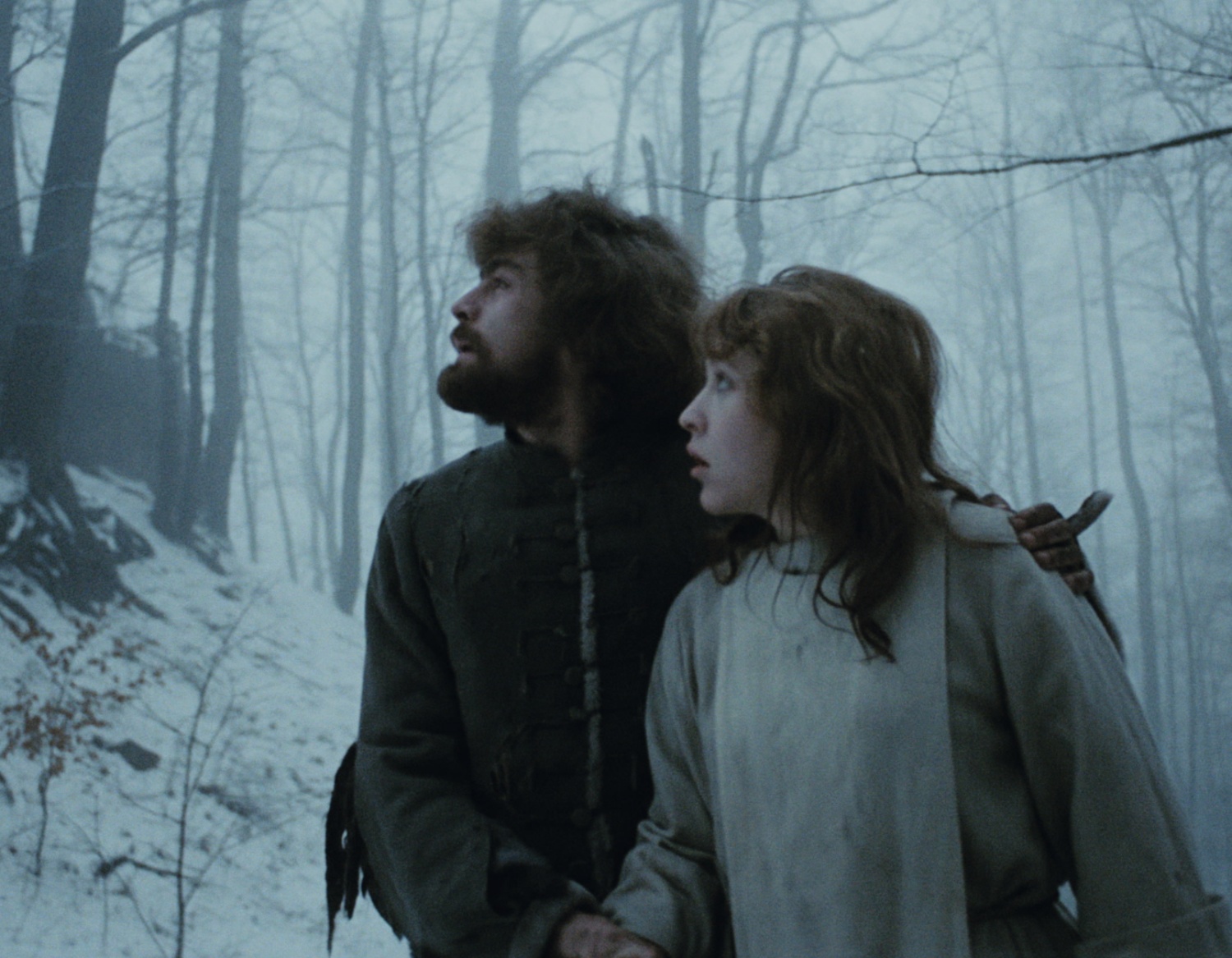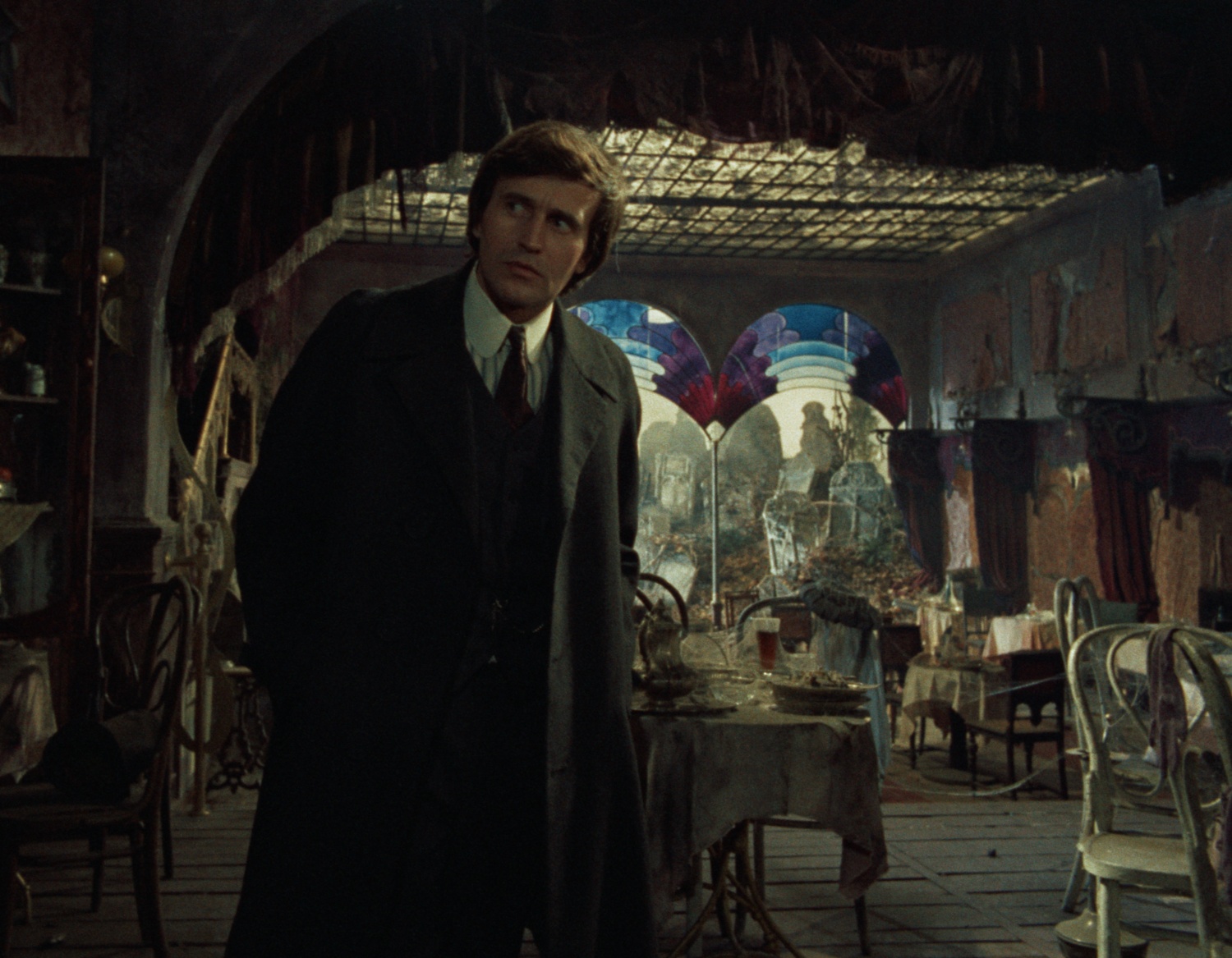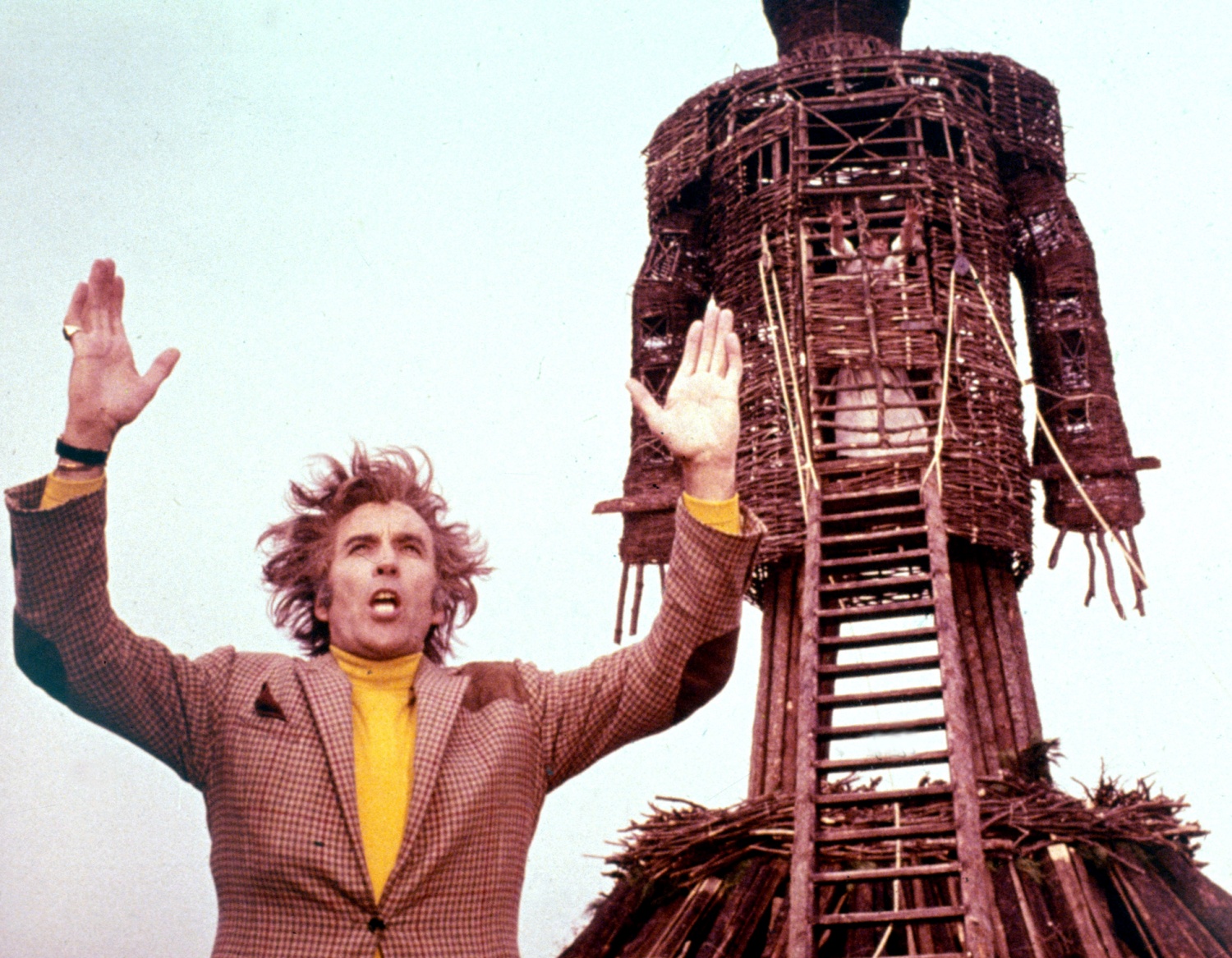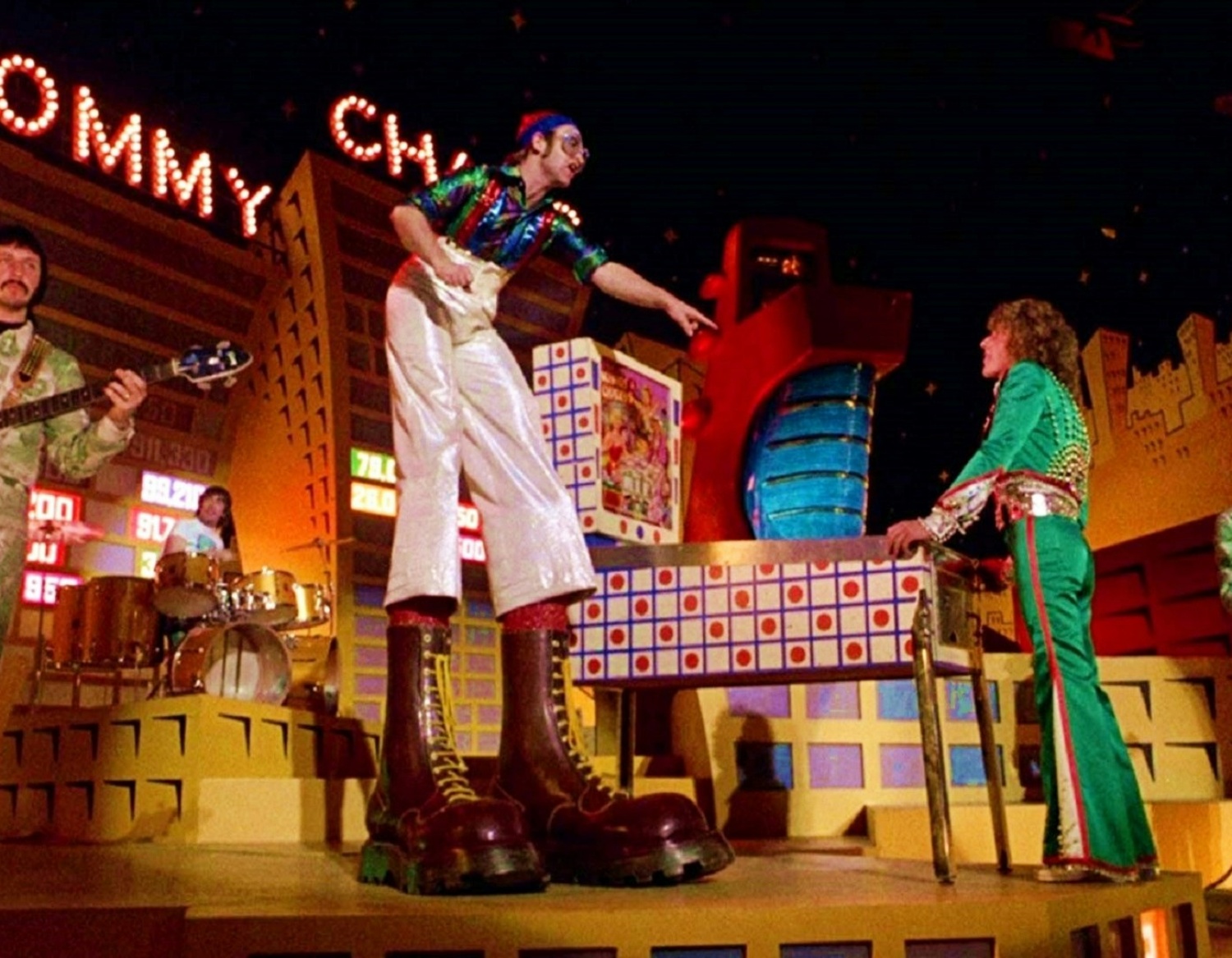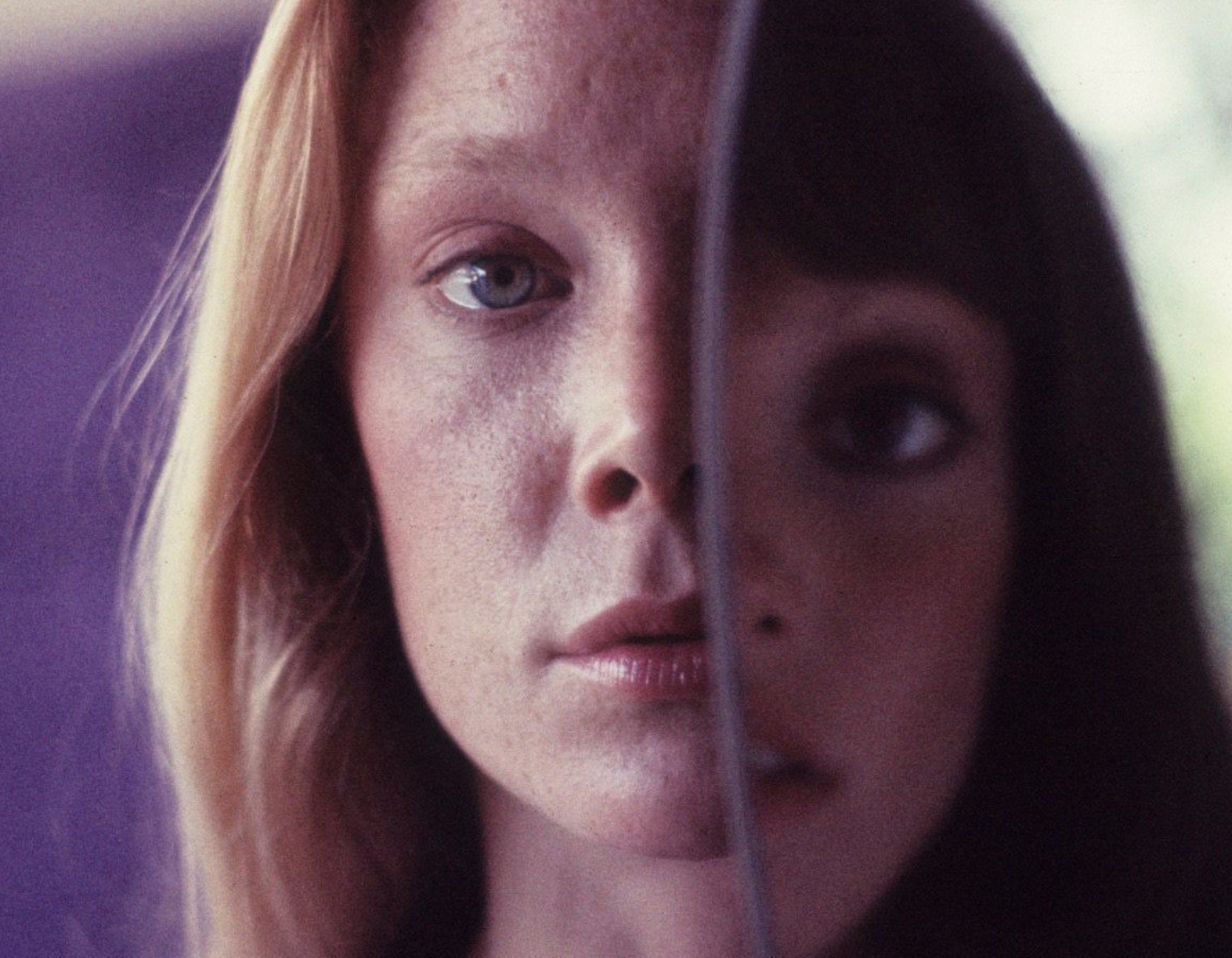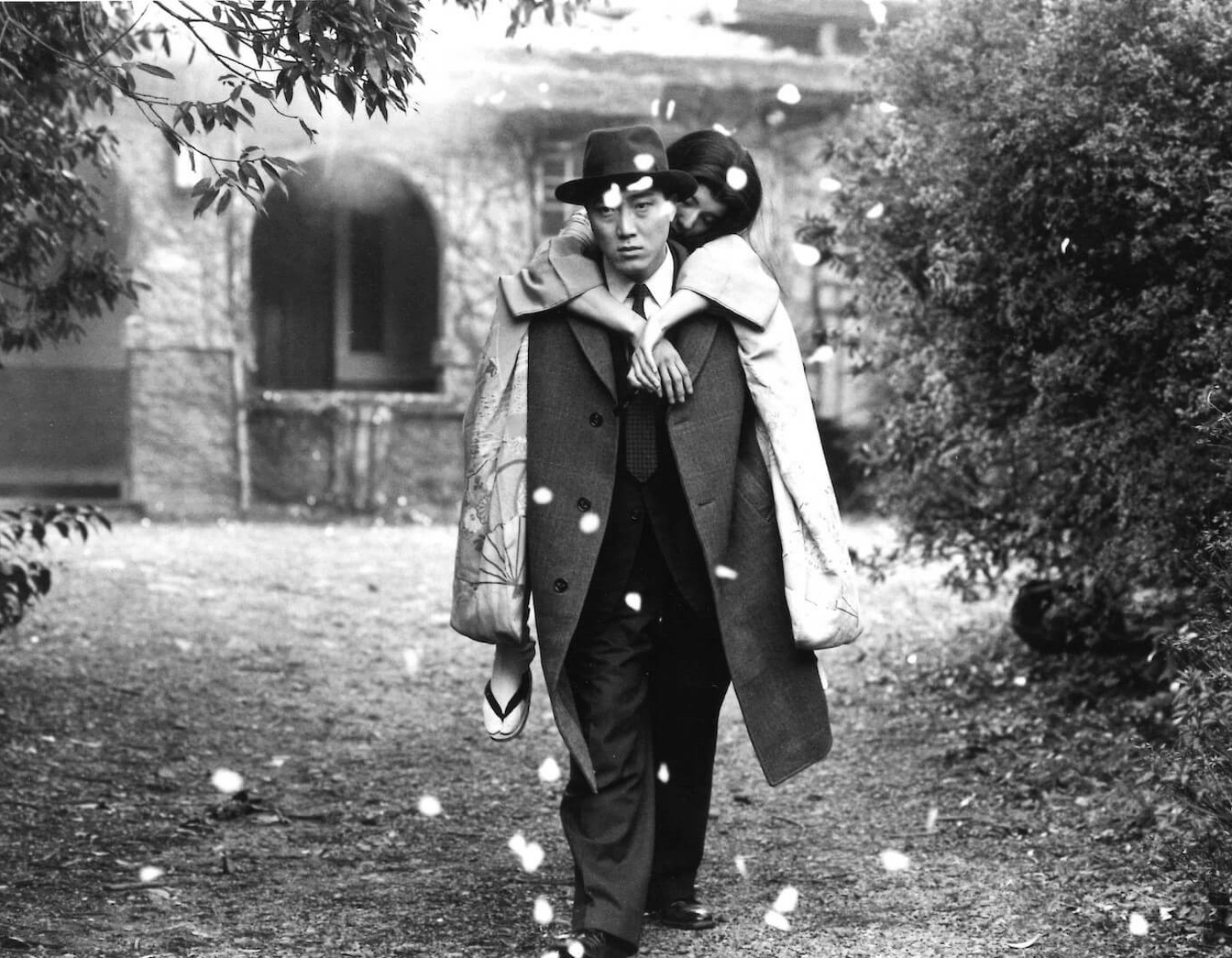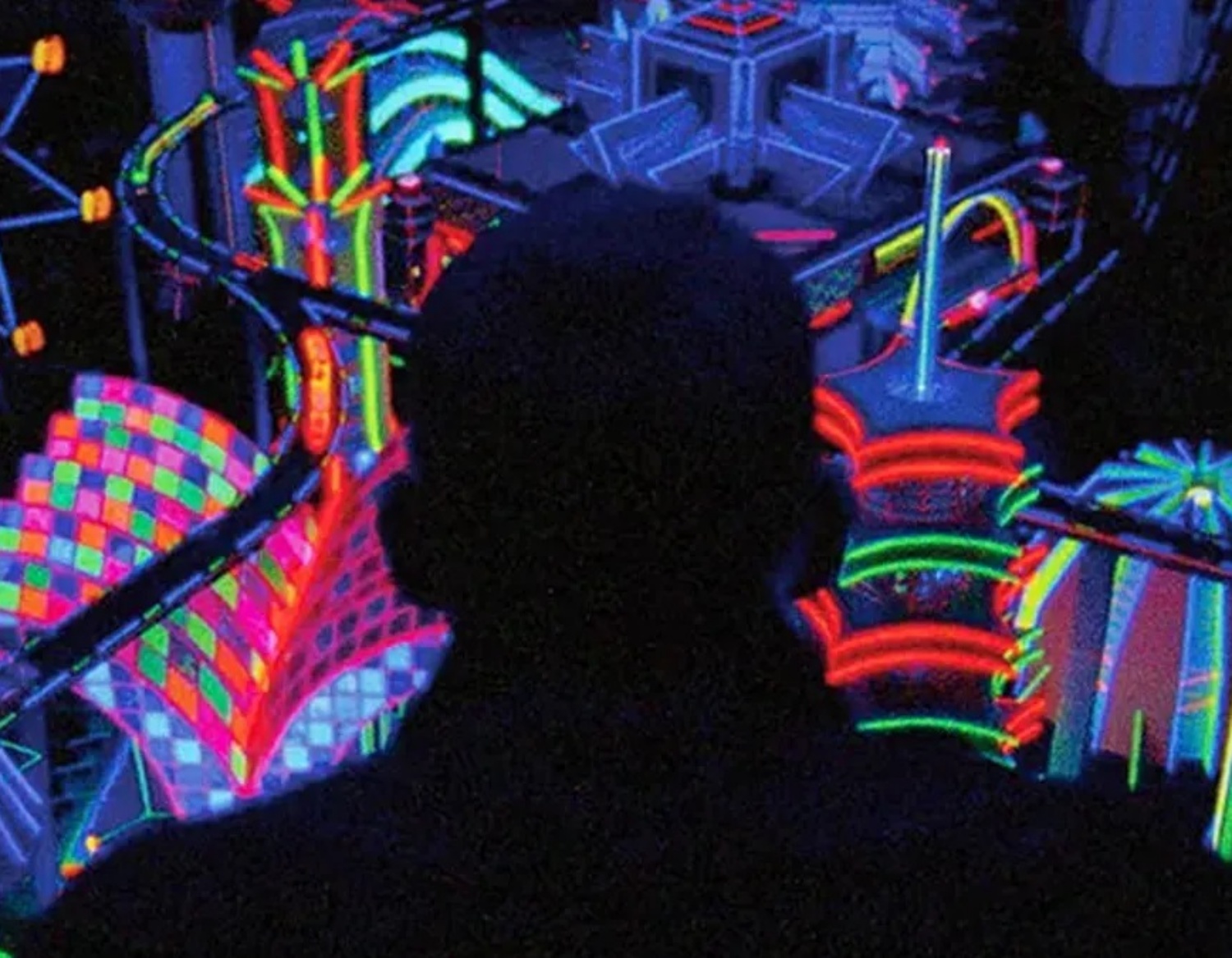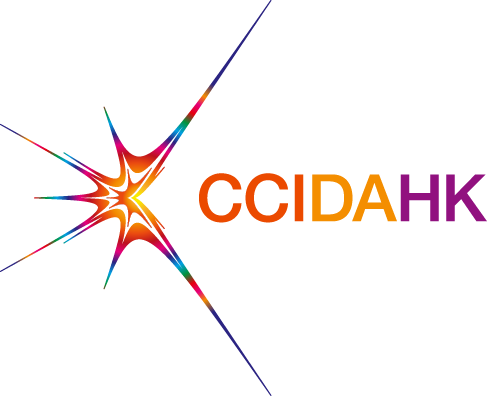Programme
Psychedelia – Cinema as a Fever Dream
‘One pill makes you smaller, and one pill makes you small. And the ones that mother gives you don’t do anything at all...’
Made popular by the widespread use of psychedelic substance among young people during the counterculture movement of the 60s and 70s, psychedelic cinema emerged as part of the artistic revolution involving music, art, literature and philosophy.
Psychedelic, which literally means ‘mind-manifesting,’ can just be applied to an aesthetic style or an affective-sensorial influence, conjuring an altered state of subjective reality and hallucinogenic experiences that reflect the revelation of our mind. Blurring the lines between dream and reality, these films often use visual images or unconventional narrative techniques to alter the viewers' sense of spatiotemporal perception.
Dennis Hopper’s 1969 Easy Rider, one of America’s first counterculture films that fused mainstream aesthetics with avant-garde tendencies to capture the sociopolitical climate of the time, helped bring psychedelic films into Hollywood. Robert Altman’s surreal, dreamlike reality in 3 Women, Donald Cammell and Nicolas Roeg’s dizzying experiment in Performance, and Hayashi Kaizo’s grafting of silent era aesthetics in To Sleep So as to Dream - all see the artists explore the interplay of films and drug induced states of mind as mutually constitutive transformations in human consciousness – and also cinematic adventures.
Some psychedelic films are full-on assault on the senses, pushing your mental state to the edge. Recreating an out-of-body experience fuelled by psychedelic drugs, provocateur Gaspar Noé conceives a transcendental odyssey that defies life and death with masterful aerial shots in Enter the Void. Ken Russell creates a bombastic take on the pop opera genre with Tommy, a relentlessly frenetic musical experience with jaw-dropping visual imagination.
But perhaps there is no experience like a drug-addled mind in terror. The Wicker Man sees director Robin Hardy combine incredibly creepy behaviours, eerie folk music and the mainstream fear of exotic religions into a trailblazing folk horror genre. In Kubrick’s A Clockwork Orange, a terrifying depiction of a drug-fuelled crime spree is followed by even more horrible depiction of state-sanctioned mind-control that sear into your brain forever.
As Jefferson Airplane’s Grace Slick sings in the band’s Alice in Wonderland -inspired psychedelic anthem ‘White Rabbit’: ‘Remember what the dormouse said, feed your head.’
